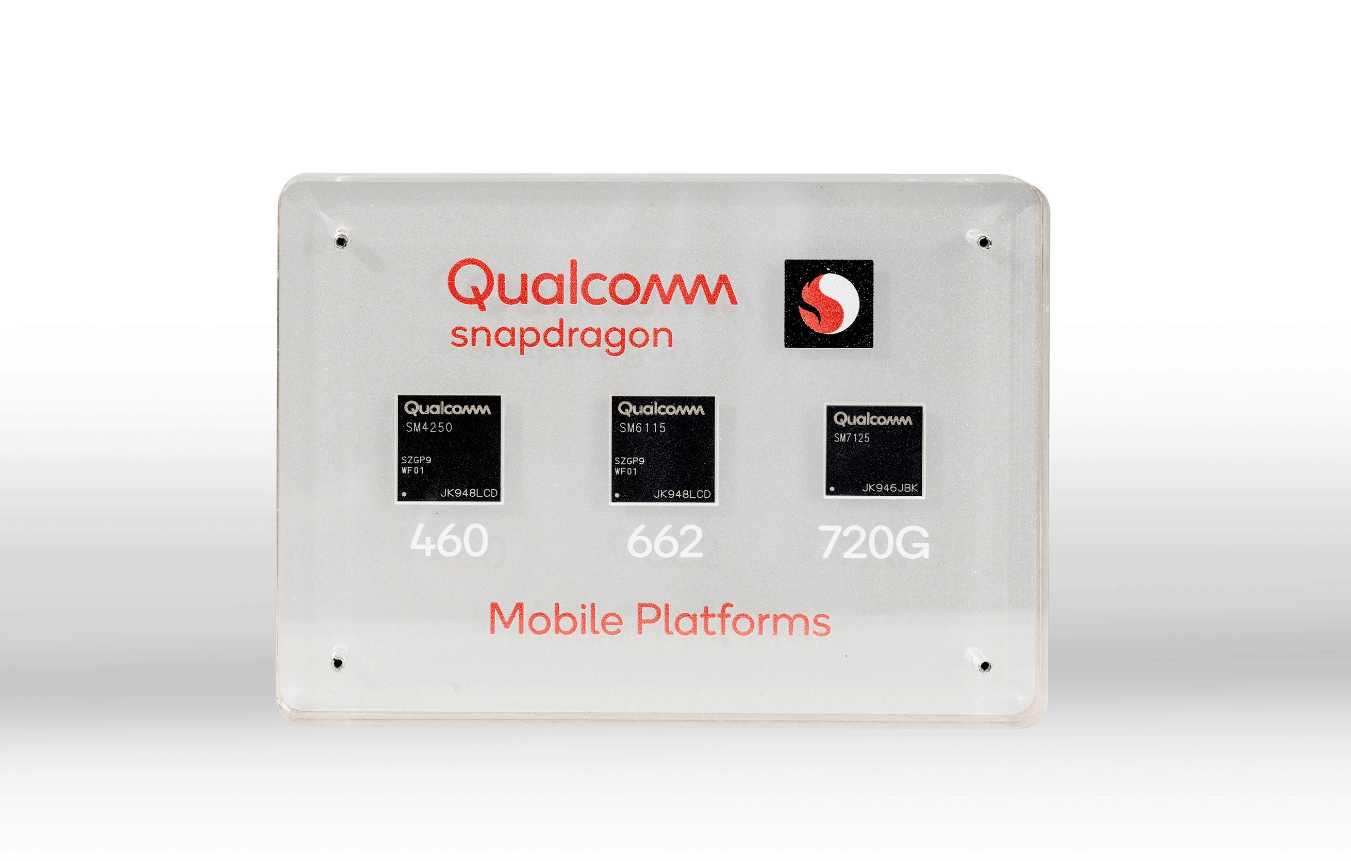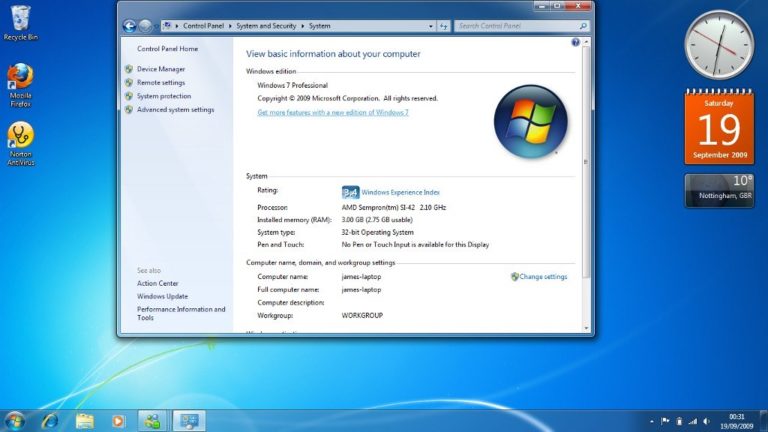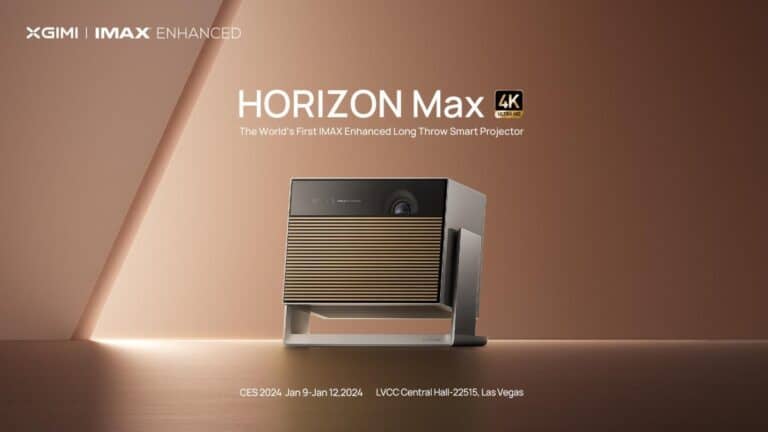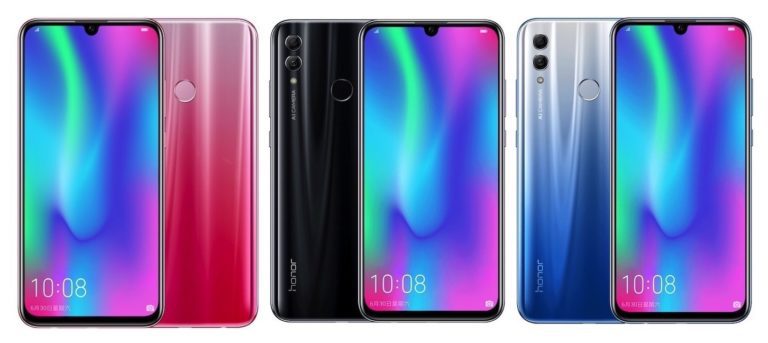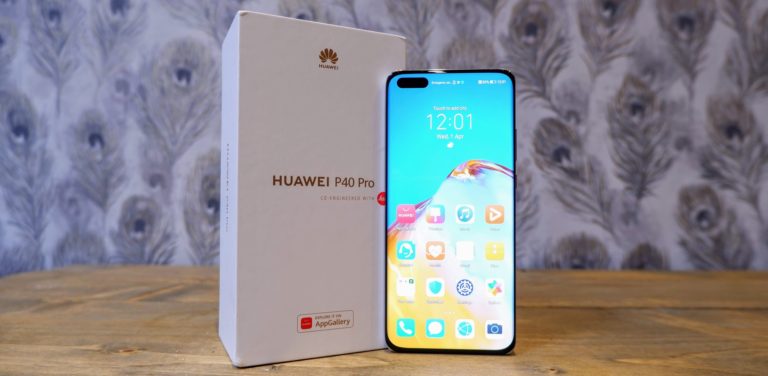Any links to online stores should be assumed to be affiliates. The company or PR agency provides all or most review samples. They have no control over my content, and I provide my honest opinion.
Today Qualcomm launched three new chipsets with a Snapdragon 460 catering for the entry-level market, while the Snapdragon 720G and Snapdragon 662 will be for mid-range phones
The Snapdragon 720G promises to bring many of the Elite Gaming features of the Snapdragon 765G with support for HDR, dynamic colour range and high-quality synchronised sound with Qualcomm aptX Adaptive.
The press release is a bit thin on the ground with the specification so we will have to wait for confirmation about everything. However, one thing I noticed is that the two new chipsets don’t bring much new to the table, in fact, they look like clones of the chipsets that sit above them.
Qualcomm Snapdragon 662
Based on current information can mark this down as one of the pointless releases of the year being almost identical to the Snapdragon 665 released last year and offering no improvement in the CPU specification since the Snapdragon 660 which launched in 2017 – in fact it is clocked 0.2Ghz lower.
While they have no released the exact specification of the CPU, the Kryo 260 is the same Cortex A73 based CPU that is used in the SD660, SD665 and SD675.
It is probably safe to assume the layout will be the same as the chipsets that straddle it either side so it will be 4×4 with four of the Kryo 260 (CA73) cores then four small efficient 4x Kryo 260 (CA53) likely running at 1.8GHz.
The GPU matches the Snapdragon 665 though how this is clocked has not been disclosed.
The Spectra camera processor has technically changed with this being the Spectra 340T but the camera spec appears to be the same as the SD665.
The one difference is the Hexagon 683 Processor whereas the SD665 has a Hexagon 686 and the older SD660 has a Hexagon 680.
Overall, this is nothing to be excited about, but it depends on pricing, with this being a lower number it could be that the same specification is being shifted to more affordable phones.
Qualcomm Snapdragon 720G

The more exciting option is the Snapdragon 720G which will sit above the Snapdragon 710/712 and likely be classed as their successor. The Snapdragon 710 and 712 were technically the same but the SD712 was clocked slightly higher.
However, it appears to be following the same trend the SD662 set. Based on the current details, which are vague, there is very little to differentiate it from the chipset that sits above it, the Snapdragon 730 & Snapdragon 730G. From the current information, the Snapdragon 720G is actually better than the SD730.
They have not revealed the CPU spec exactly, but the Kryo 465 is likely an Arm Coretec A76 and this will be clocked at 2.3GHz vs 2.2GHz of the Snapdragon 730.
The Adreno 618 GPU is identical but what differentiated the SD730 and SD730G was how it was clocked. We don’t know what frequencies are used here so it could still sit under the Snapdragon 730.
Similarly, the camera spec is a Spectra 350L vs the Spectra 350 – the Spectra can handle dual 22MP cameras with Multi-Frame Noise Reduction (MFNR) and Zero Shutter Lag (ZSL) so they are a little different.
The Snapdragon 720G gets a Hexagon 692 Processor vs Hexagon 688 of the SD730, but again, what this means is unknown until benchmarks/reviews come out.
Qualcomm Snapdragon 662 vs 665 vs 710 vs 720G vs 730G Comparison Table
| SD662 | SD665 | SD670 | SD675 | SD710/712 | SD720G | SD730 | |
|---|---|---|---|---|---|---|---|
| Introduced | 2020 | 2019 | 2018 | 2018 | 2018/2019 | 2020 | 2019 |
| Process | 11 nm | 11nm LPP | 10nm LPP | 11nm LPP | 10 nm | 8 nm | 8nm LPP |
| CPU Cores | Octa-Core, 64-bit | Octa-Core, 64-bit | Octa-Core, 64-bit | Octa-Core, 64-bit | Octa-Core, 64-bit | Octa-Core, 64-bit | Octa-Core, 64-bit |
| CPU | 4x Kryo 260 (CA73) @ 2.0GHz 4x Cortex-A53 @ 1.7 GHz | 4x Kryo 260 (CA73) @ 2.0GHz 4x Kryo 260 (CA53) @ 1.8GHz | 4x Kryo 260 (CA73) @ 2.2GHz 4x Kryo 260 (CA53) @ 1.8GHz | 2x Kryo 460 (CA76) @ 2.0GHz 256KB L2 6x Kryo 460 (CA55) @ 1.8GHz 64KB L2 | 2x Kryo 360 Gold @ 2.3 GHz (CA75) 6x Kryo 470 (CA55) @ 1.8GHz | Octa-core up to 2.3 GHz Kryo 465 2x Kryo 465 probably (CA76) @ 2.3GHz 6x Kryo 470 (CA55) @ 1.8GHz | 2x Kryo 470 (CA76) @ 2.2GHz 6x Kryo 470 (CA55) @ 1.8GHz |
| GPU | Adreno 610 | Adreno 610 | Adreno 615 | Adreno 612 | Adreno 616 | Adreno 618 | Adreno 618 |
| RAM | 2x 16-bit @ 1866MHz LPDDR4 14.9GB/s | 2x 16-bit @ 1866MHz LPDDR4 14.9GB/s | 2x 16-bit @ 1866MHz LPDDR4 14.9GB/s | 2x 16-bit @ 1866MHz LPDDR4 14.9GB/s | 2x 16-bit @ 1866MHz LPDDR4 14.9GB/s | 2x 16-bit @ 1866MHz LPDDR4 14.9GB/s | 2x 16-bit @ 1866MHz LPDDR4 14.9GB/s |
| Camera | Spectra 340T Dual: 16 MP, MFNR, ZSL,30 fps Single:25 MP, MFNR, ZSL,30 fps Single: 48 MP, MFNR Single: 48MP | Spectra 165 Dual 16 MP, MFNR, ZSL, 30 fps Single25 MP, MFNR, ZSL, 30 fps Single 48 MP | Spectra 250 ISP Dual:16 MP, MFNR, ZSL, 30 fps Single:25 MP, MFNR, ZSL, 30 fps Single:48 MP, MFNR Single:192 MP | Spectra 250 ISP Dual:16 MP, MFNR, ZSL, 30 fps Single:25 MP, MFNR, ZSL, 30 fps Single:48 MP, MFNR Single:192 MP | Qualcomm Spectra 250 Dual:16 MP, MFNR, ZSL, 30 fps Single:25 MP, MFNR, ZSL, 30 fps Single:48 MP, MFNR Single:192 MP | Spectra 350L Dual: 16 MP, MFNR, ZSL,30 fps Single:32 MP, MFNR, ZSL,30 fps Single: 48 MP, MFNR Single: 192MP | Spectra 350 Dual: 22 MP, MFNR, ZSL,30 fps Single:36 MP, MFNR, ZSL,30 fps Single: 48 MP, MFNR Single: 92 MP |
| AI | Hexagon 683 Processor | Hexagon 686 | Hexagon 685 | Hexagon 685 DSP | Hexagon 692 Processor | ||
| Video Encode/Decode | 1080p Video Capture @ 60 FPS HEVC video capture H.264 (AVC), H.265 (HEVC) VP8 and VP9 playback | 2160p30, 1080p120 H.264 & H.265 | 2160p30, 1080p120 H.264 & H.265 | 2160p30, 1080p120 H.264 & H.265 | Capture @ 4K at 30 fps 4K HDR video playback (10-bit color depth, Rec. 2020 color gamut) H.264 (AVC), H.265 (HEVC) and VP9 playback | 4K Video Capture @ 30 FPS HEVC video capture HDR10 and HLG Video Playback (10-bit color depth, Rec. 2020 color gamut) H.264 (AVC), H.265 (HEVC) VP8 and VP9 playback | 4K HDR Video Capture with Portrait Mode (Bokeh, 4K at 30 fps) 4K HDR10 PQ and HLG Video Playback (10 bit color depth, Rec. 2020 color gamut) H.264 (AVC), H.265 (HEVC) VP8 and VP9 playback |
I am James, a UK-based tech enthusiast and the Editor and Owner of Mighty Gadget, which I’ve proudly run since 2007. Passionate about all things technology, my expertise spans from computers and networking to mobile, wearables, and smart home devices.
As a fitness fanatic who loves running and cycling, I also have a keen interest in fitness-related technology, and I take every opportunity to cover this niche on my blog. My diverse interests allow me to bring a unique perspective to tech blogging, merging lifestyle, fitness, and the latest tech trends.
In my academic pursuits, I earned a BSc in Information Systems Design from UCLAN, before advancing my learning with a Master’s Degree in Computing. This advanced study also included Cisco CCNA accreditation, further demonstrating my commitment to understanding and staying ahead of the technology curve.
I’m proud to share that Vuelio has consistently ranked Mighty Gadget as one of the top technology blogs in the UK. With my dedication to technology and drive to share my insights, I aim to continue providing my readers with engaging and informative content.

